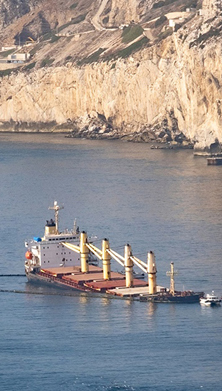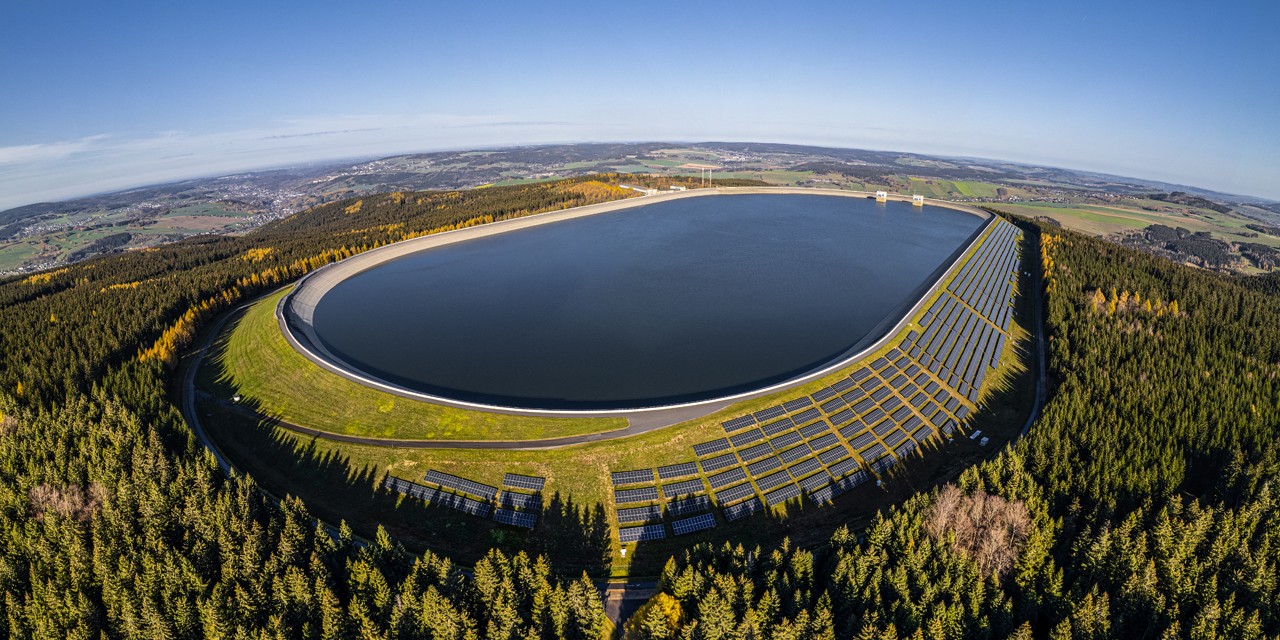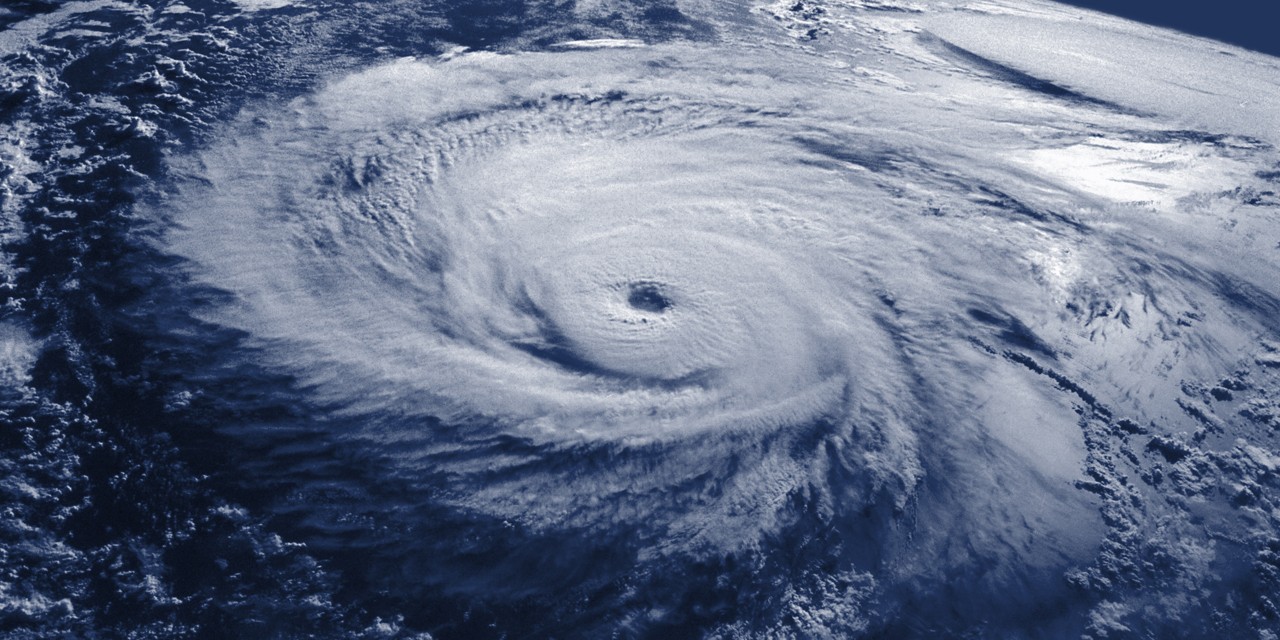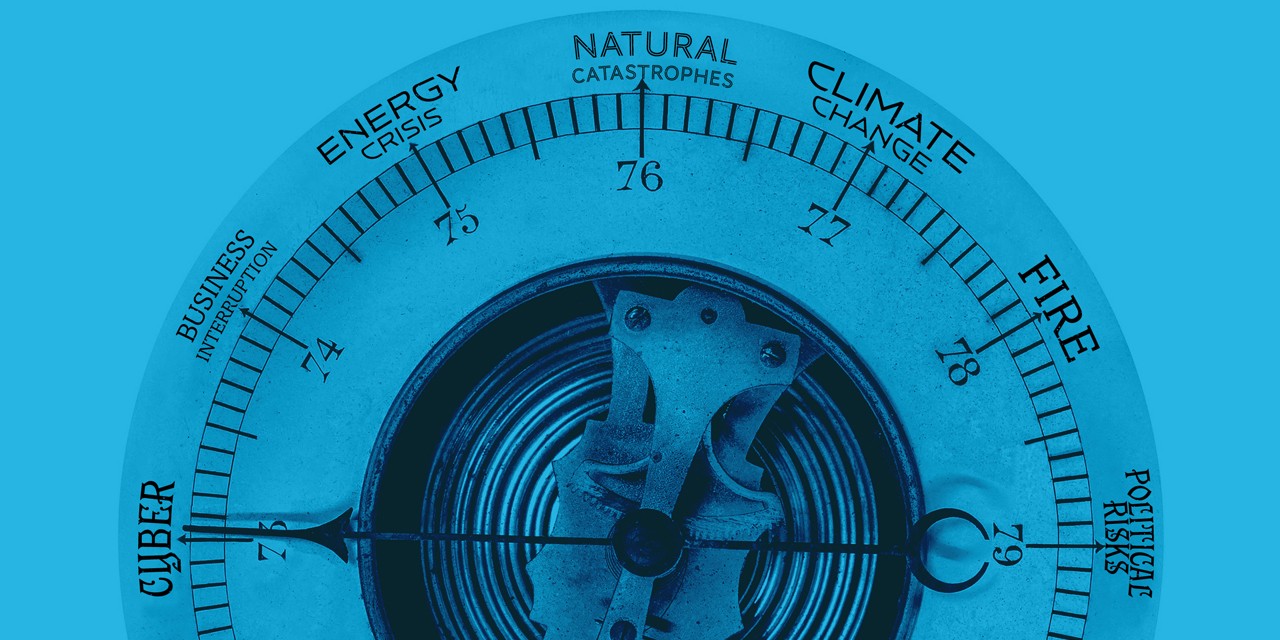- Corruption hinders greenhouse gas reduction by increasing the transition costs to low-carbon alternatives, especially in developing countries.
- Corruption is one of the drivers behind deforestation and improper use of natural resources.
Key findings
Introduction

The biggest problem regarding corruption seems to be that, in some parts of the world, corruption has become an integral part of life and doing business. Especially in developing countries, corruption has spillover effects on other parts of society as it funnels funds away from intended destinations. The World Bank and Transparency.org estimate that businesses would grow around 3% faster on average without the negative effects of corruption. It can also be argued that in some parts of the world, corruption can add up to a type of “tax” of doing business that could be as high as 20%. According to research, in an extreme example from Italy, when the “tangenpoli” bribery scandal became public and the responsible parties were punished, the cost of city rail construction fell by 52% and subway line construction fell respectively by 57%. The lower construction costs post-scandal reflect the reduction of corrupt activity in the public construction project. In this case, the illicit activity seems to have consumed the majority of the public funds dedicated to these projects.
High levels of corruption do not adversely impact the institution paying the bribe, but the adverse impacts are transferred to society by lowering product quality or overcharging. In addition to misuse of public funds dedicated to infrastructure projects, corrupt activity has also been linked to wasteful use of natural resources, improper land use, and higher CO2 emissions.
In the current decade of combating climate change, the efficient and intelligent use of financial resources is of utmost importance. It would be folly to disregard the adverse effects of corruption behind construction projects and biodiversity preservation. The shift to the low-carbon economy will require massive investments and the diversification of energy sources. As climate change is a rising and prominent topic in the ESG world, this briefing highlights how corruption can negatively contribute to both deforestation and greenhouse gas (GHG) emissions.
What is Corruption and why is it part of Environmental, Social and Governance (ESG)?
Corruption is part of the Governance pillar of ESG and is often not as high profile as the more visible Environment and Social challenges a company might face. Being an illicit activity, when well executed, it is often very hard to detect and in most cases, the damage is not directly visible to the world. But is it less important than the risks stemming from E and S? Furthermore, what is it exactly?
Corruption, in its fundamental form, is an abuse of a trusted position to gain monetary or other advantages to oneself or to one's close associates or relatives. Corruption can happen in both the private or public sector and can take many different forms. The most usual forms of corruption are taking or paying bribes and favoritism in exchange for personal gains. However, corruption is also often related to other forms of illegal conduct, such as money laundering, tax evasion, embezzlement, fraud, theft, falsification of accounts, conflicts of interest and blackmail, or in some cases even the financing of terrorism. The core aspect setting corruption apart from the other ESG risks is, however, that it is always intentional. Corruption is not an accident, it requires intent.

The illegal nature of corrupt conduct is already acknowledged in national and international legislation, and the fight against corruption is being enforced by national and international authorities. In addition to long-standing legislation, as the market demand for non-financial disclosures increases, anti-corruption and bribery information has been included in the EU Non-Financial Reporting Directive.
Climate change is at the heart of the EU Non-Financial Reporting Directive. Most of the obligatory information that companies are required to release is directly related to climate change. However, even though social and governing disclosures are included in the obligatory reporting, they often take a backseat. However could corruption, even though on the backbench in the reporting disclosures, have an effect on the environment?
The environmental perspective of corruption
Academic evidence implying a clear link between corruption and CO2 emissions, improper land use, environmental degradation and lax oversight is starting to emerge. It seems that the link between corruption and lower environment quality is most evident in developing countries and some evidence even indicates that corruption might be the main driver behind the environmental problems experienced in some parts of the developing world.
The effects of corruption on the environment are two-fold and complex. Research shows that corruption in society has both direct and indirect effects on the economy and the environment. Overall, corruption has a net-negative effect on GDP growth but at the same time, a high level of corruption causes energy consumption to go up due to the decrease of energy policy stringency. This in turn, leads to an increase in CO2 emissions, triggering a modest increase in GDP. Furthermore, corruption increases public spending since the budgets for projects need to be adjusted for this additional cost. At the same time, however, this illicit activity lowers the quality and efficiency of the project, thus delivering net-negative effect. There is also some evidence that bribes to people in positions of power have, in the past, led to economically unviable projects or even purposefully low-quality infrastructure that needs to be re-done in a short time.
Corruption and CO2 emissions

Corruption and deforestation

In the world of science, there is compelling and strong evidence that natural forests contribute directly and positively to global biodiversity worldwide. In addition to biodiversity, as mentioned before, global forests and especially rainforests are operating as the lungs of the planet and the loss of forest is negatively affecting the planet’s capacity to absorb and neutralize GHGs created by human activity. Climate change, while lifting global temperatures, causes the climate in rainforest areas to dry out, increasing the risk of unintentional forest fires. This is especially noticeable in the Amazon region. Deforestation and warming climate are therefore creating a self-feeding negative loop where deforestation causes the climate to warm further and the warming climate potentially destroys more and more forest and biodiversity. Some projections even go as far as to imply that the Amazon is in serious danger of drying out during the 21st century. Corruption is contributing to this negative feedback loop in two ways. Firstly, by increasing energy consumption and therefore GHG emissions. Secondly, research confirms the link between corruption and decrease in ecological quality and wasteful use of natural resources such as forests.
Research indicates that a large part of the deforestation globally is taking place in a reasonably low number of developing countries, located in Latin America, Africa and Asia. More disturbing is that academic research suggests a strong positive relationship between the level of corruption in a country or region and deforestation. The link is very pronounced in the regions where most of the global deforestation is taking place. An important question would be, what is driving the deforestation in these locations? The case has often been, like in Indonesia and several other locations in the developing world, that the business interest has been to convert forest into agricultural land. This has led to an intentional burning of large swathes of the rainforest. The political elite have, after the intentional deforestation actions, protected business from justice in return for financial benefits. In 2001, the FAO stipulated for the first time that corruption was one of the main drivers behind deforestation in the developing world.
Corruption: Its relevance to underwriting
While corruption within the client company is rarely a direct reputational risk to the insurer, the corporate conduct is very relevant to the insured company and to the public image the client is projecting. Companies with a strong sustainability mindset and focus on environmental stewardship and contribution to society, also need to focus on good governance embedded with effective compliance systems. As outlined in this risk-briefing, the literature shows that corruption is viewed as a highly important topic and, in some cases, even the main driver behind negative environmental trends. Whether it is the negative effects of corruption on the level of GHG emissions or deforestation, a company engaging in this illicit activity is at a higher risk of receiving adverse attention or being liable for illegal conduct. Companies paying bribes often produce lower quality, therefore corrupt actions by a company might later lead to liability over the products produced by the company. Additionally, as the activity is illegal by nature, the corporate executives of the company might be liable for the governance failures of the company.
In order to achieve the goals set out in the Paris Agreement, which Allianz is also committed to, all contributing factors need to be considered in the risk management process. It is clear that corruption is viewed as one of the biggest hindrances of positive development in combatting deforestation and lowering of the GHG emissions. Additionally, as has been observed in the past, large scale corporate governance failures such as corruption or fraud can put whole companies in severe financial stress or even into insolvency, which underlines the high relevance of the topic in the world of ESG.
The role of AGCS
AGCS supports its clients to identify and assess material risks and develops recommendations on how to mitigate these risks. In a fast changing world, AGCS identifies emerging issues and develops risk management strategies.
Our consulting team is available at: AgcsSustainability@allianz.com
We are dedicated to deliver the best possible solutions to the management, control and reduction of ESG risks.
References
> The World Bank: https://www.worldbank.org/en/topic/governance/brief/anti-corruption; accessed in July 2020
> Sekrafi, Habib & Snoussi, Abdelmonem & Mili, Khaled. (2018). The Effect of Corruption on the Environmental Quality in African Countries: a Panel Quantile Regression Analysis. Journal of the Knowledge Economy. 10.1007/s13132-018-0571-8.
> Ozturk, I., & Al-Mulali, U. (2015). Investigating the validity of the environmental Kuznets curve hypothesis in Cambodia. Ecological Indicators, 57, 324–330.
>Hafner O. (1998). The role of corruption in the misappropriation of tropical forest resources and in tropical forest destruction. Transparency International Working Paper.
> KPMG: https://home.kpmg/xx/en/home/insights/2019/09/impact-of-esg-disclosures.html; accessed in July 2020
> Davoodi, Hamid & Tanzi, Vito. (1997). Corruption, Public Investment, and Growth. IMF Working Papers. 97. 10.5089/9781451929515.001.
> Koyuncu, Cuneyt & Yilmaz, Rasim. (2008). The Impact of Corruption on Deforestation: A Cross-Country Evidence. The Journal of Developing Areas. 42. 213-222. 10.1353/jda.0.0010.
> Bryant, Dirk, Nielsen, Daniel. and Tangley, Laura (1997) The Last Frontier Forests - Ecosystems and Economies on the Edge, World Resources Institute, Washington D.C.
> FAO (2001), Global Forest Resources Assessment 2000: Main Report, FAO Forestry Paper No. 140., Rome, Italy.
> Malhi, Y., Roberts, J, T., Betts, R, A., Killeen, T, J., Li, W., & Nobre, C, A. (2008) Climate Change, Deforestation, and the fate of the Amazon. Science 319, s.169.
> PSI: https://www.unepfi.org/fileadmin/documents/PSI_document-en.pdf; Accessed in July 2020
Credits
Author: Lauri Turpeinen
Photos: Pixabay.com
Allianz Group companies
AGCS offices
Newsletter
Keep up to date on all news and insights from AGCS















